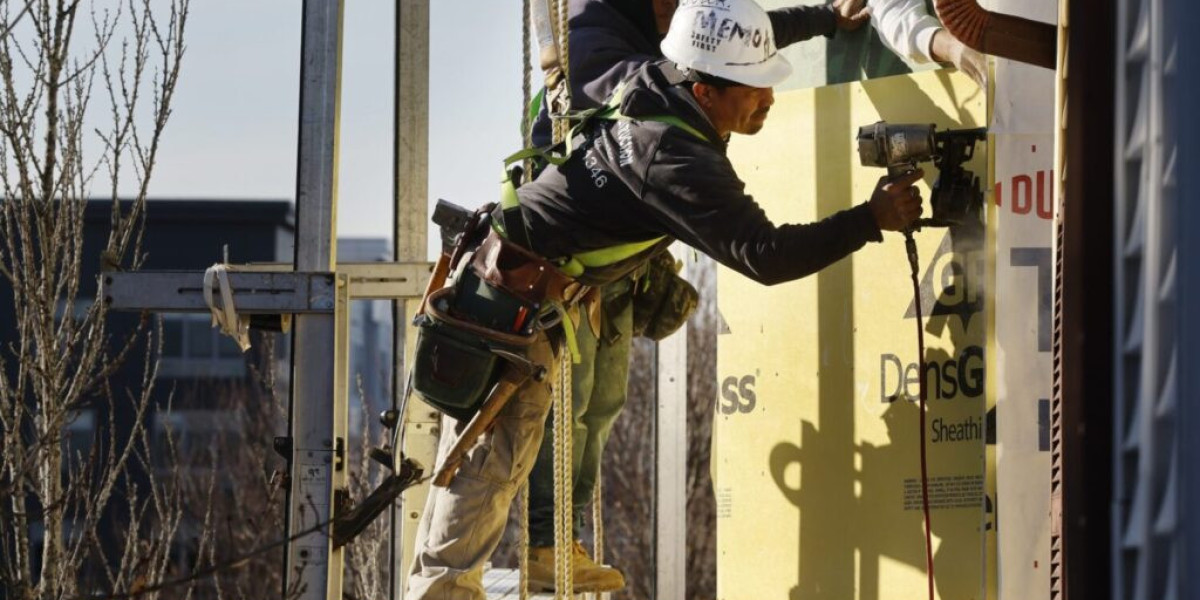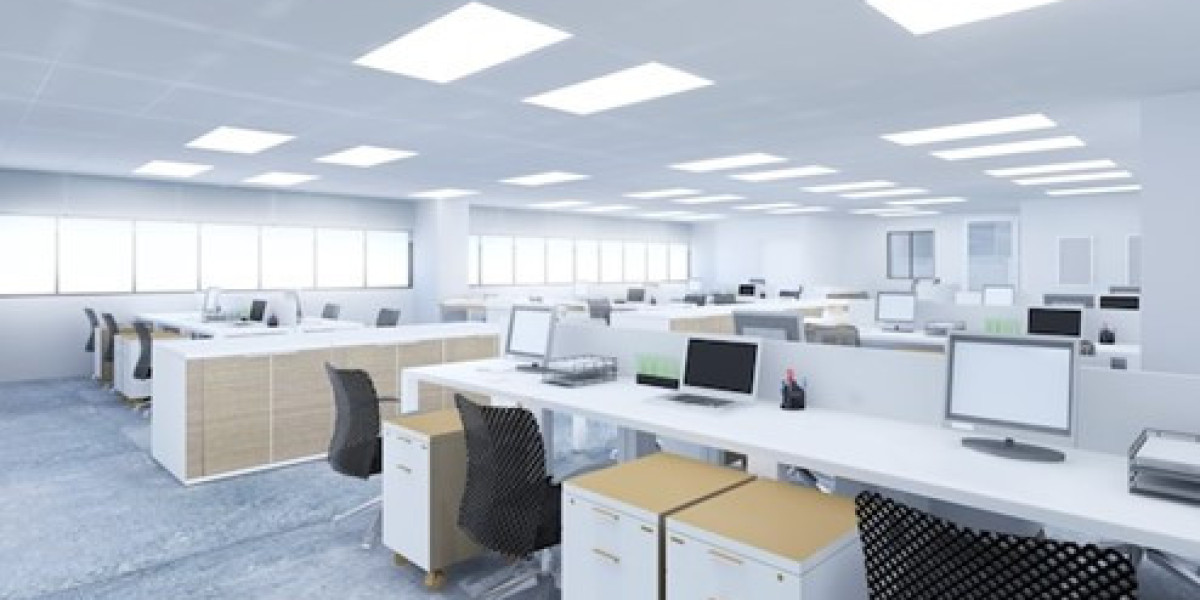Septic tank issues can be messy, inconvenient, and costly if not addressed promptly. Understanding how to recognize problems, implement repairs, and maintain your septic system is essential for avoiding major headaches down the line. In this guide, we'll delve into the world of septic tank repairs, covering common issues, repair methods, and preventative maintenance tips to keep your system in top condition.
Understanding Septic Tank Systems
Before diving into repairs, it's crucial to have a basic understanding of how septic tank systems work. Septic systems are common in areas without access to centralized sewer systems. They consist of a large underground tank that collects and decomposes household wastewater. Solid waste settles at the bottom of the tank, where bacteria break it down into sludge. Liquid waste flows out of the tank and is absorbed into the surrounding soil through a drain field.
Additionally, staying informed about local regulations and environmental guidelines pertaining to septic systems is crucial. Understanding your responsibilities as a homeowner and complying with regulations regarding septic tank maintenance and repairs not only protects your property but also contributes to the health and safety of your community.
Common Septic Tank Issues
Several problems can arise with septic tanks, ranging from minor nuisances to major malfunctions. Here are some of the most common issues homeowners may encounter:
- Clogs and Blockages: Solid waste, grease, and non-biodegradable items can clog the pipes leading to and from the septic tank, causing backups and slow drainage.
- Tank Overflows: A septic tank overflow occurs when the tank reaches its maximum capacity, leading to sewage backups in the house or pooling wastewater in the yard.
- Leaks and Cracks: Over time, septic tanks can develop cracks or leaks, allowing wastewater to escape into the surrounding soil and potentially contaminating groundwater.
- Foul Odors: Strong odors emanating from drains or the yard can indicate problems with the septic system, such as leaks or ventilation issues.
Septic Tank Repair Methods
When faced with septic tank problems, prompt action is essential to prevent further damage and health hazards. Here are some common repair methods employed by septic system professionals:
- Pumping: Regular pumping is essential for removing accumulated solids from the septic tank. This should be done every 3 to 5 years, depending on household size and usage, to prevent clogs and overflows.
- Pipe Cleaning: If clogs or blockages are causing drainage issues, professional plumbers can use specialized equipment to clear the pipes leading to and from the septic tank.
- Tank Inspection: Inspecting the septic tank for leaks, cracks, or structural damage is crucial for identifying and addressing potential issues before they escalate. This may involve visual inspections or the use of specialized cameras.
- Sealant Application: For minor cracks or leaks, sealants or epoxy coatings can be applied to the affected areas to prevent further leakage and extend the lifespan of the septic tank.
- Drain Field Maintenance: Proper maintenance of the drain field, such as avoiding planting trees or shrubs with extensive root systems nearby and limiting heavy vehicle traffic, can prevent damage to the pipes and ensure efficient wastewater absorption.
Preventative Maintenance Tips
To minimize the need for costly repairs and prolong the life of your septic system, follow these preventative maintenance tips:
- Monitor Water Usage: Be mindful of water consumption habits, such as taking shorter showers, fixing leaky faucets promptly, and spreading out laundry loads throughout the week, to reduce strain on the septic system.
- Dispose of Waste Properly: Avoid flushing non-biodegradable items, such as paper towels, wipes, feminine hygiene products, and grease, down the toilet or drains, as they can cause clogs and damage the septic tank.
- Regular Inspections: Schedule routine inspections of your septic tank by a qualified professional to catch any potential issues early and address them before they worsen.
- Mind Landscaping Choices: Be cautious when landscaping near the septic tank and drain field, avoiding heavy machinery and planting shallow-rooted vegetation to prevent damage to underground pipes.
- Educate Household Members: Ensure that everyone in your household understands the importance of proper septic system maintenance and knows what can and cannot be flushed or drained.
Conclusion
Maintaining a healthy septic tank system is essential for the well-being of your home and the environment. By familiarizing yourself with common septic tank issues, knowing how to recognize signs of trouble, and implementing preventative maintenance measures, you can minimize the need for costly repairs and ensure that your septic system operates smoothly for years to come.
Whether it's scheduling regular pump-outs, addressing minor leaks promptly, or educating your household members about proper waste disposal practices, taking proactive steps to care for your septic system can save you time, money, and headaches in the long run. Remember, when it comes to Septic Tank Repairs Greeley, prevention is key.



